Autism and Exercise: Boosting Health, Skills, and Well-Being

- Why Exercise Matters for Individuals with Autism
- Key Benefits of Exercise for Autism
- Best Exercises for Individuals with Autism
- Real-Life Impact: 48-Week Exercise Program Case Study
- Overcoming Exercise Challenges in Autism
- Practical Tips for Daily Exercise Routines
- Frequently Asked Questions (FAQs)
- Final Thoughts
Welcome to 101Autism.com, your trusted source for comprehensive, evidence-based information on Autism Spectrum Disorder (ASD). In this guide, we’ll explore the strong link between autism and exercise. We will highlight practical strategies, benefits, and research findings. Our goal is to help improve the well-being of individuals with ASD.
Why Exercise Matters for Individuals with Autism
Regular physical activity is beneficial for everyone’s health, but it’s especially vital for individuals with autism. Research consistently highlights that those with ASD often face challenges in fitness skills. They face more challenges compared to their neurotypical peers. This increases risks like obesity and health complications related to inactivity.
To understand more about these unique challenges, read our article on Physical Challenges Faced by Individuals with Autism.
Key Benefits of Exercise for Autism
Exercise offers extensive benefits that transcend physical health, greatly impacting psychological and social well-being:
Physical Benefits
- Improved balance, coordination, and motor skills
- Enhanced metabolic health and weight management
- Reduced risk of obesity-related conditions
Psychological Benefits
- Reduced anxiety and stress
- Improved sleep quality (particularly important given frequent sleep issues in autism)
- Better mood regulation and reduced symptoms of depression
Social Benefits
- Improved social interaction through structured activities
- Development of teamwork and collaboration skills
- Increased self-esteem through achievement in physical activities
Explore more on how exercise improves mental health in our dedicated guide: Managing Autism-Related Anxiety Through Exercise.
Best Exercises for Individuals with Autism
Selecting suitable exercises depends significantly on individual preferences, sensory sensitivities, and specific physical or social goals:
- Individual sports: Swimming, running, cycling
- Group activities: Team sports, martial arts, dance
- Mindfulness-based: Yoga, tai chi, meditation
For detailed recommendations, visit our resource: Different Types of Exercises Suitable for Autism.
Real-Life Impact: 48-Week Exercise Program Case Study
A recent 48-week study showed dramatic improvements in individuals with autism. These improvements include enhanced metabolic profiles, decreased BMI, and improved autistic traits. Participants also experienced better sleep and greater social interaction skills.
These results underscore the transformative potential of regular, structured exercise. Read more in-depth about this impactful research: 48-Week Exercise Study on Autism Outcomes.
Overcoming Exercise Challenges in Autism
Incorporating exercise into daily life can be challenging for those with autism. This is due to motor difficulties. Additionally, sensory sensitivities and social interaction barriers play a role.
Effective strategies include:
- Tailoring activities to personal interests and abilities
- Using sensory-friendly equipment and environments
- Consistent routines and visual schedules to reduce anxiety
Check out our comprehensive article for more details: Overcoming Exercise Challenges in Autism.
Practical Tips for Daily Exercise Routines
Integrating physical activity into daily routines is key to sustained benefits:
- Start small and build gradually to avoid overwhelming experiences
- Prioritize enjoyment to encourage ongoing participation
- Integrate special interests into activities to boost motivation
- Establish predictable routines to reduce resistance and anxiety
Learn more about practical scheduling tips: Creating Effective Exercise Routines for Autism.
Frequently Asked Questions (FAQs)
Q: How much exercise should individuals with autism engage in weekly?
A: Ideally, individuals with autism should engage in moderate to vigorous physical activity. They should aim for at least 30-60 minutes daily, based on personal capacity and interest.
Q: Are certain sports particularly beneficial for autism?
A: Yes. Swimming, martial arts, yoga, and horseback riding have shown particularly positive effects, addressing physical, sensory, and social development needs.
Q: Can exercise help reduce autistic meltdowns?
A: Absolutely. Exercise helps regulate emotions, reducing stress and anxiety, which can decrease the frequency and intensity of meltdowns.
Q: What if the individual resists exercise?
A: Introduce exercise gradually. Choose enjoyable activities. Integrate personal interests. Maintain a predictable routine to enhance engagement and reduce resistance.
Final Thoughts
The connection between autism and exercise is powerful and transformative. Caregivers can significantly enhance their health, social skills, and quality of life by integrating suitable physical activities into daily routines. Individuals with autism can also benefit greatly from these activities.
For more comprehensive resources, explore Understanding Autism, Living with Autism, and Autism and Diet. Together, let’s empower each individual’s journey towards a healthier, more fulfilling life.
20+ Best Free Sensory Apps for Children with Autism & Special Needs (2025)
A verified, non-commercial list of therapeutic apps. No ads, no in-app purchases, no affiliate links. Curated by the 101 autism Resource Team | Last Verified: October 2024 A Clinician’s Note on “Free” vs. “Freemium”...
Understanding Autism in Girls: A Comprehensive Guide

Autism in girls is often overlooked or diagnosed later, as their symptoms differ from boys. Understanding the unique signs, early detection, and tailored support are crucial. By educating parents, educators, and healthcare providers, we can create an inclusive environment where girls with autism thrive both academically and socially.
50+ Adult Sensory Seeking Activities: Complete Guide for Autism & ADHD (2025)
101 Autism > Sensory Processing > Adult Sensory Seeking Activities Last Updated: September 18, 2025 | Reading Time: 12 minutes | Expert Reviewed ✓ Quick Summary: This comprehensive guide provides 50+ evidence-based sensory seeking...
Best Sensory Toys for Rosh Hashanah 2025: Complete Guide for Autism Families

TL;DR: The best sensory toys for Rosh Hashanah 2025 include weighted lap pads for calming during long meals, fidget toys for discrete sensory input, noise-canceling headphones for crowd management, and textured sensory balls for...
Understanding Autism in India: Challenges, Support Systems, and Path Forward

Autism Spectrum Disorder (ASD) affects millions across India, yet awareness, diagnosis, and support services remain uneven—especially outside major cities. This guide explains the current landscape, practical resources, and steps toward a more inclusive future....
Sensory Diet for Autism: Complete Evidence-Based Guide with Interactive Tools

Quick Start Guide A sensory diet for autism is a personalized daily routine of sensory activities designed to help individuals with autism spectrum disorder regulate their sensory processing and improve focus, behavior, and emotional...
Best Sensory Toys for Adults (2025) – Hands-On Reviews & Comparison

TL;DR: The best sensory toys for adults in 2025 are discreet fidget tools, like the Ono Roller. They include deep-pressure comforts, such as weighted blankets, textured worry stones, and chewable pendants. Each calms the...
Feelings Explorer: Free Autism App for Emotional Learning (Ages 3-8)
TLDR Section – Feelings Explorer 📱 TL;DR: Feelings Explorer for Autistic Children 3 Interactive Activities 3-8 Target Age Range 100% Free to Use 🎵 Audio Support 🎯 What is the Feelings Explorer? The Feelings...
Autistic Masking: Why It Happens and How to Support Authentic Expression

TL;DR: Autistic masking is a survival strategy where autistic individuals hide traits to appear neurotypical. It’s linked to exhaustion and burnout. Supporting authentic expression, offering emotional regulation strategies, and understanding masking are key to...
Can People with Autism Drive? A Comprehensive Guide

Many people with autism aspire to drive, valuing the independence and freedom it represents. This article explores the research, laws, and guidance around driving with autism, addressing key questions and concerns.
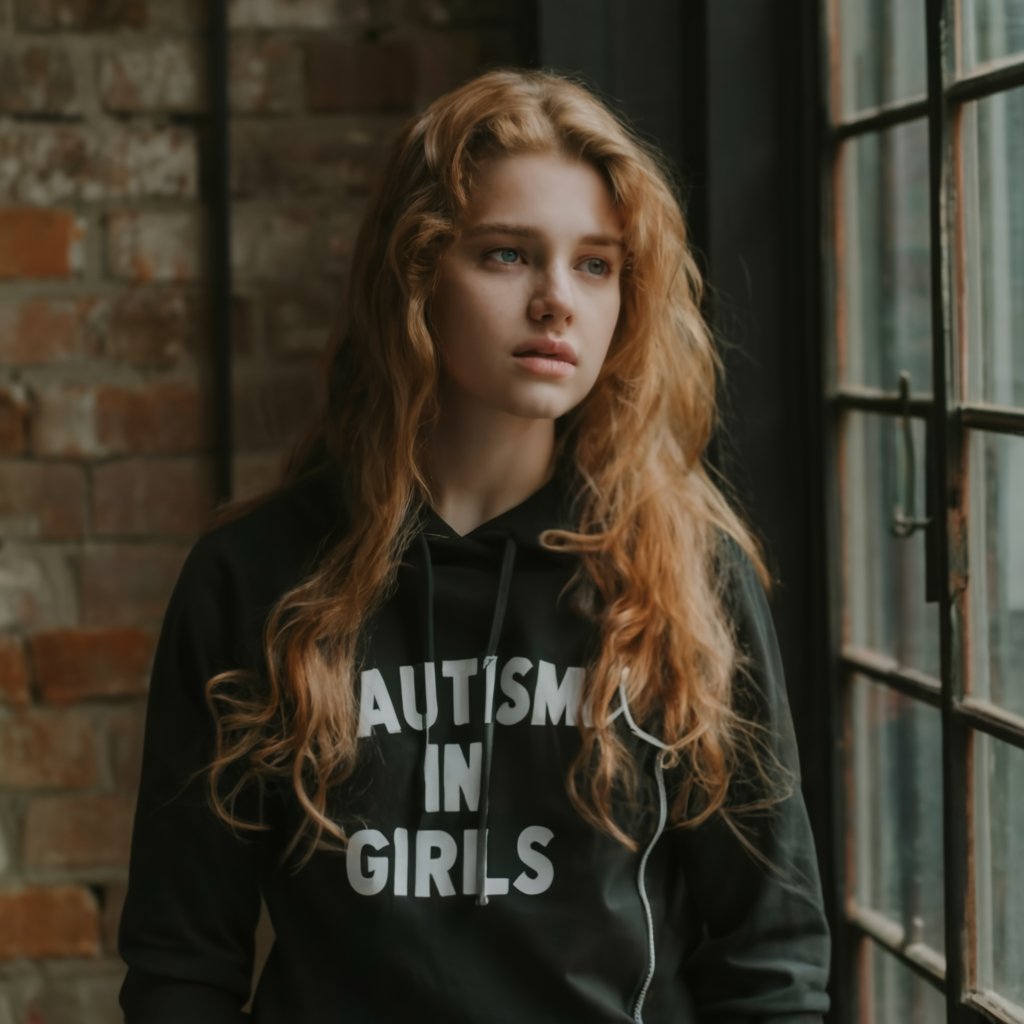
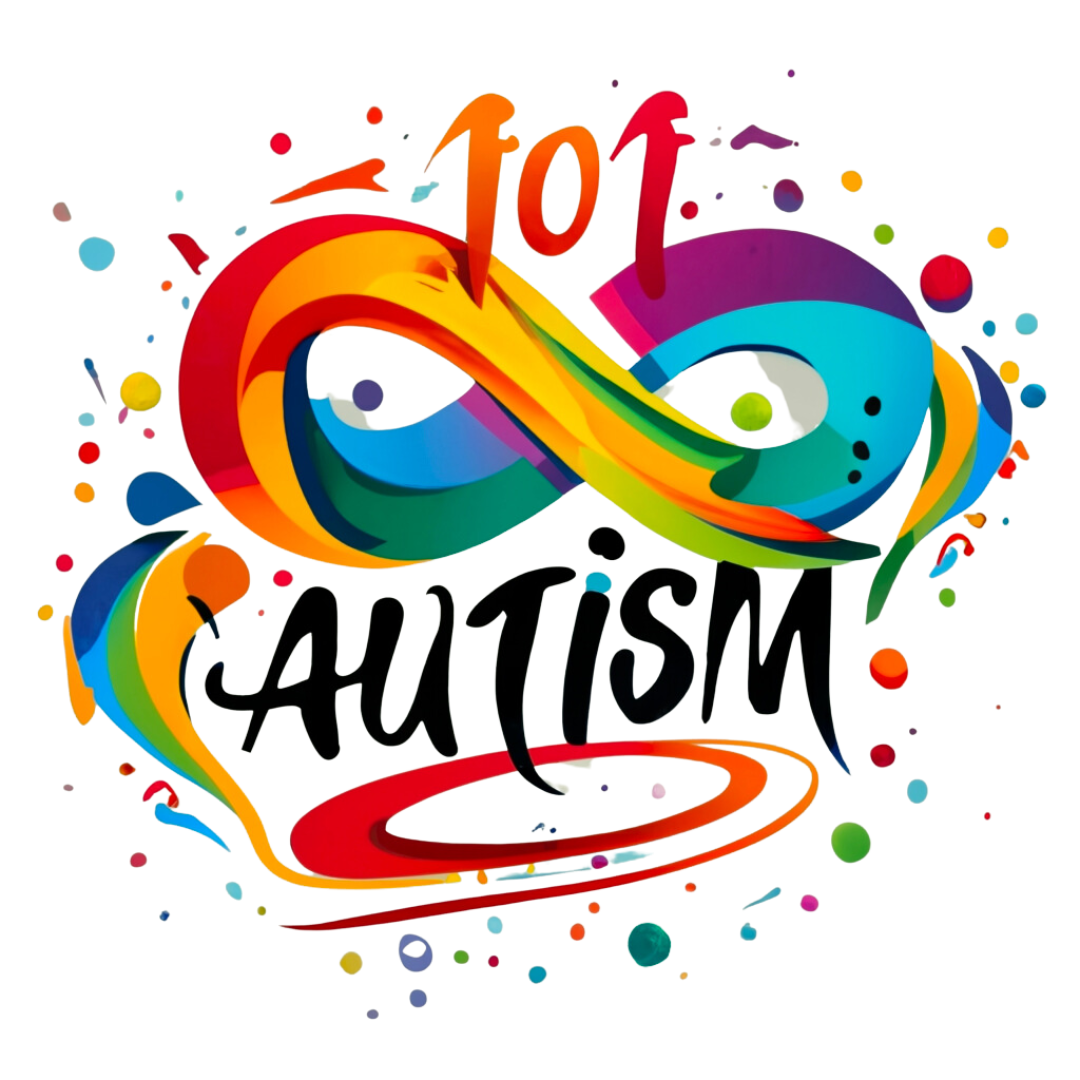
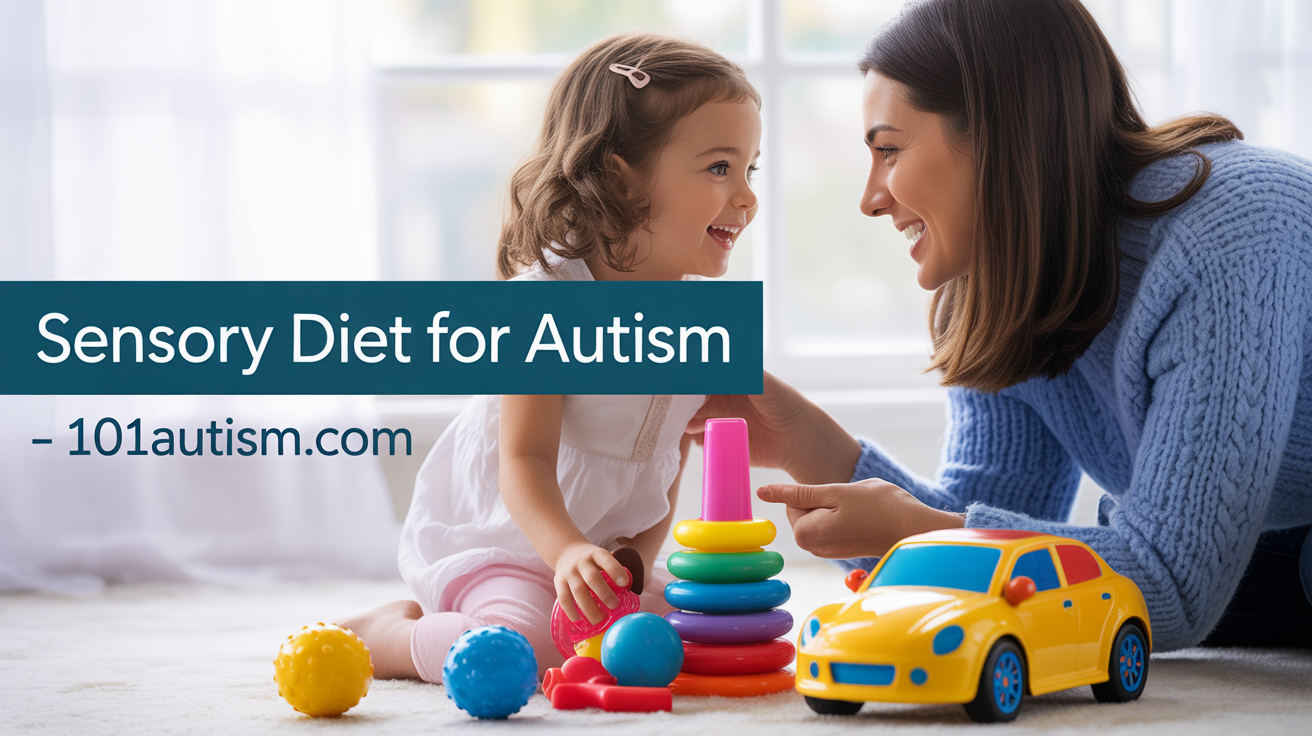


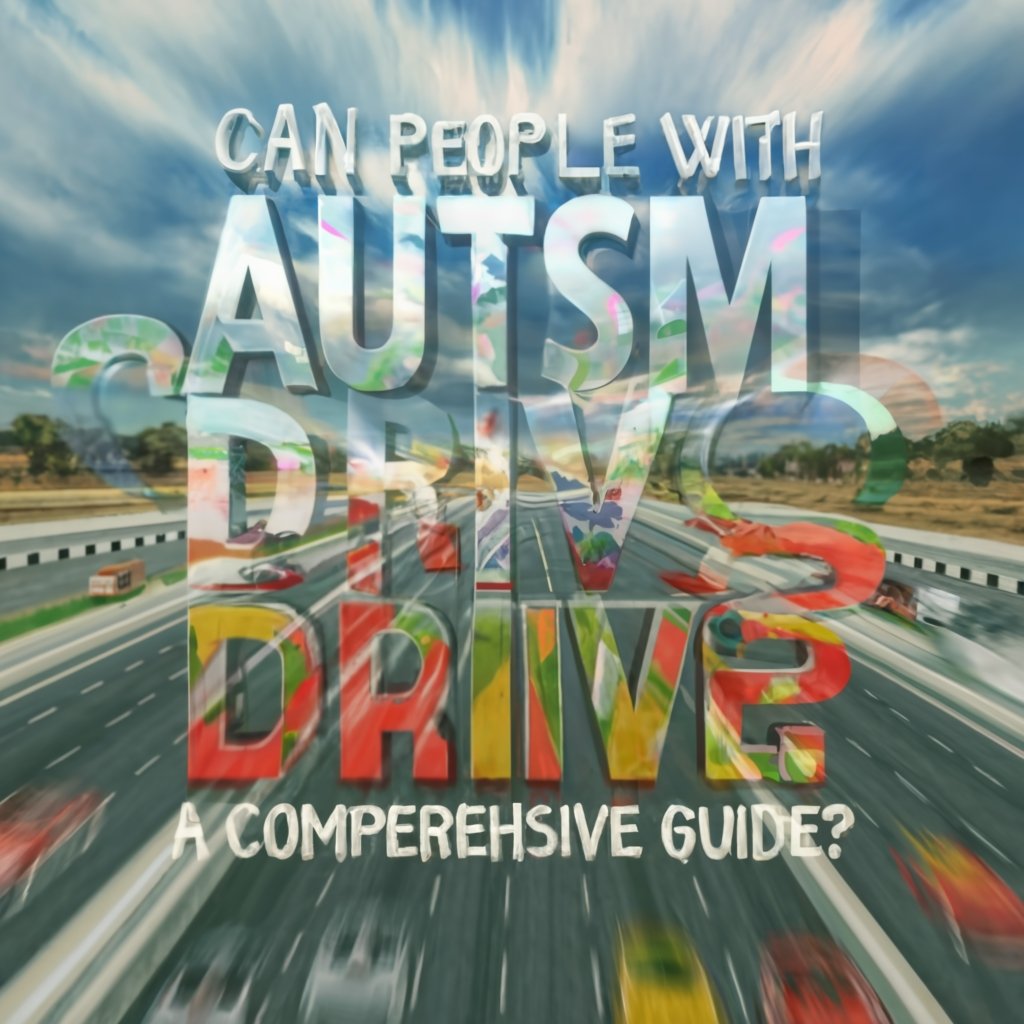
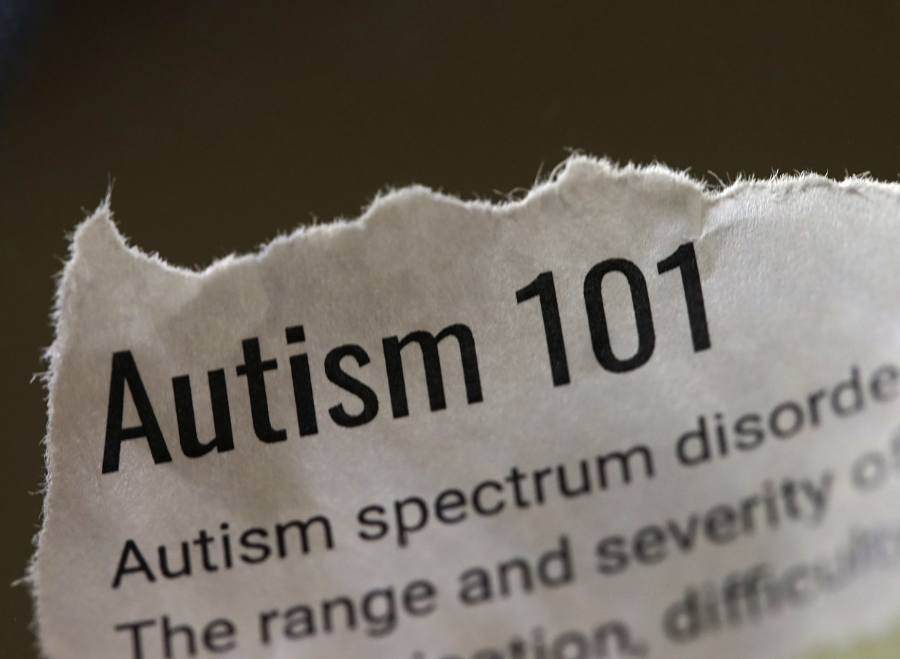


4 Responses
[…] of individuals with autism when planning exercise sessions. Offer options for different types of physical activities to accommodate their preferences. Consider providing a quiet space for breaks if they become […]
[…] To learn more about how exercise can benefit individuals with autism, read our comprehensive guide on autism and exercise. […]
[…] from tactile stimulation to regulate the autonomic nervous system and improve focus. Physical exercise magnifies those gains, but the right stim tools work even when you’re […]
[…] the ADOS – Living with Autism Autism & Exercise: A Comprehensive Guide 10 Tips for Teaching an Autistic Child to […]